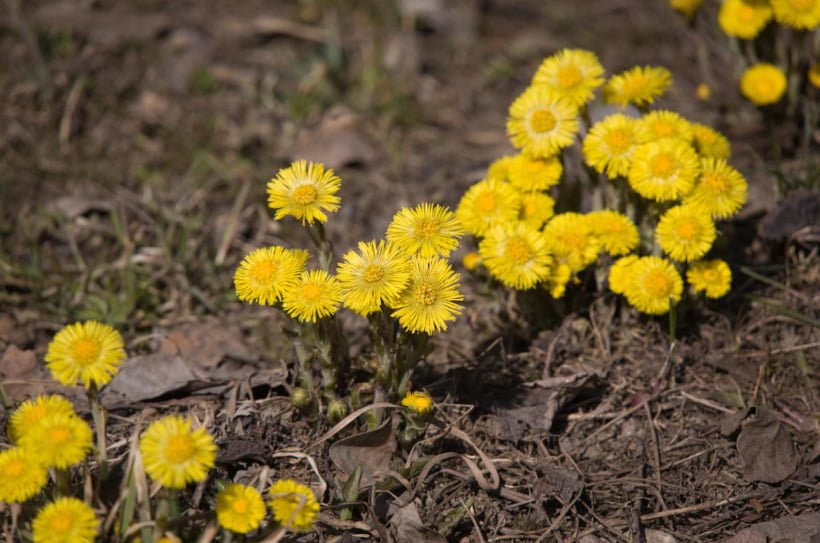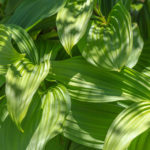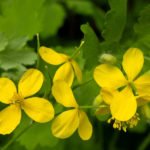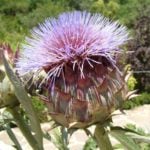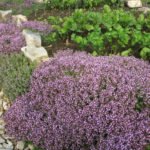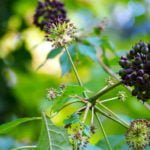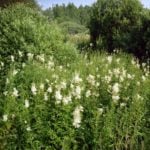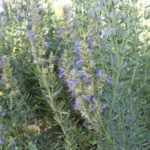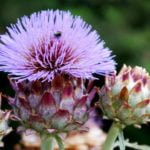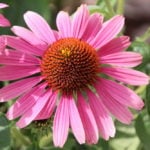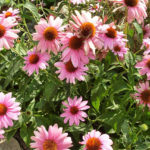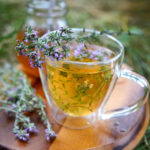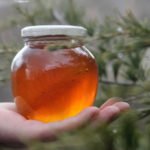This plant is one of the first to bloom in early spring. As soon as snow falls, small yellow flowers on scaly stems appear along roads, on slopes, along ravines and along the banks of rivers and lakes. There are no leaves at all yet, they will bloom much later when the flowering has passed.
This is a well-known tussilago farfara, which many people know as a medicinal plant that helps with coughing.
It likes to grow on clay soils, but it can also settle on sandy ones, for example, on the shore of a reservoir. Usually tussilago farfara grows in a place free of turf, and does not grow on a severely depleted area.
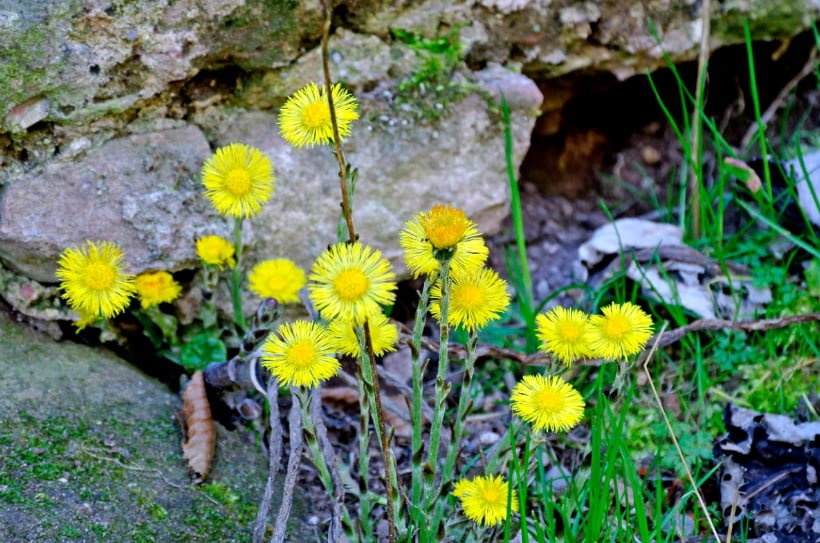
It turns out that this plant is the only one of its kind in the literal sense of the word: one of the species of the genus Tussilago, which belongs to the family of complex flowers.
Botanical description
Tussilago farfara grows everywhere in Eurasia and Africa – this is its original habitat, but now it has spread to other regions of the world. The plant is perennial, has a creeping, rather long rhizome.
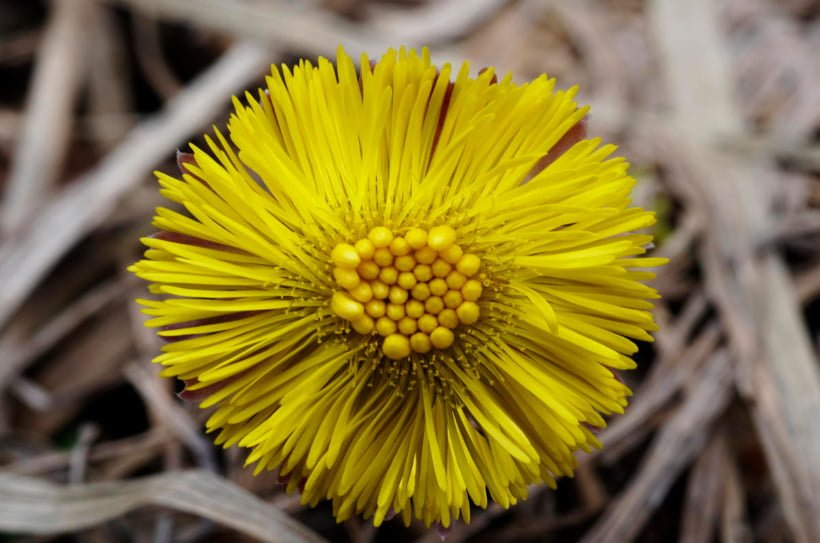
Its flowers (like all flowers) are inflorescences-baskets consisting of yellow tongue flowers.
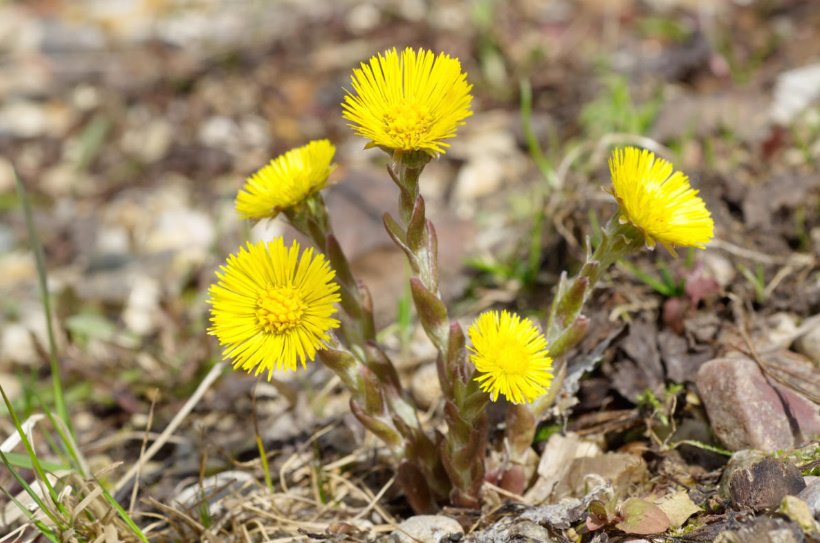
The stems on which the flower heads develop are covered with brownish scales, which are actually modified leaves.
After the end of flowering, real leaves begin to grow – simple, rather large, slightly angular.
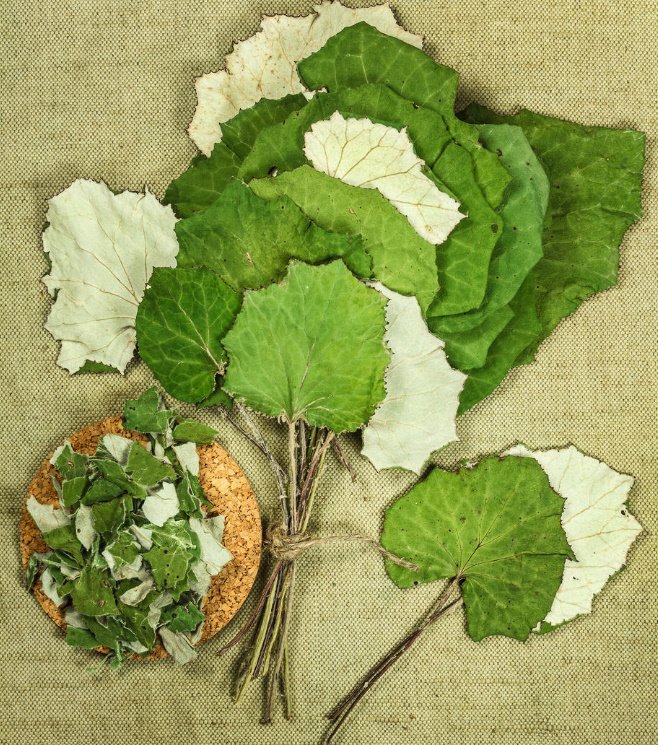
The origin of its scientific name is also interesting. The first (Tussilago), generic, comes from several Latin words that together form a phrase translated as “expel cough”, indicating the use of this plant.
The second word (porcelain) (if complex lexical explanations are omitted) means “bearing flour” and is associated with the whitish, felt-like surface of the lower part of the leaf blade. It seems that the leaf is sprinkled with flour.
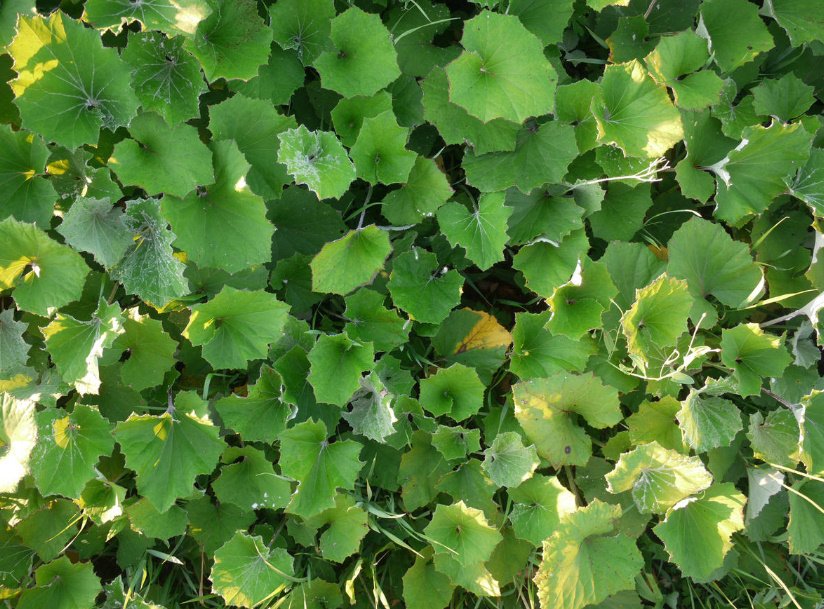
It is also interesting that the lower fluffy side of the leaf is not only soft to the touch, but also warmer than the upper one. And there is a scientific explanation for this: thanks to the numerous hairs on the underside, water evaporation is much weaker here, because it is really a little warmer here than at the top, where evaporation is more intense.
How to use Tussilago farfara
And of course, I must say about the healing properties of this plant. Its main application is the treatment of lung diseases, namely cough.
For this purpose, both flowers that are collected during flowering in spring and leaves are used – they are collected in summer.
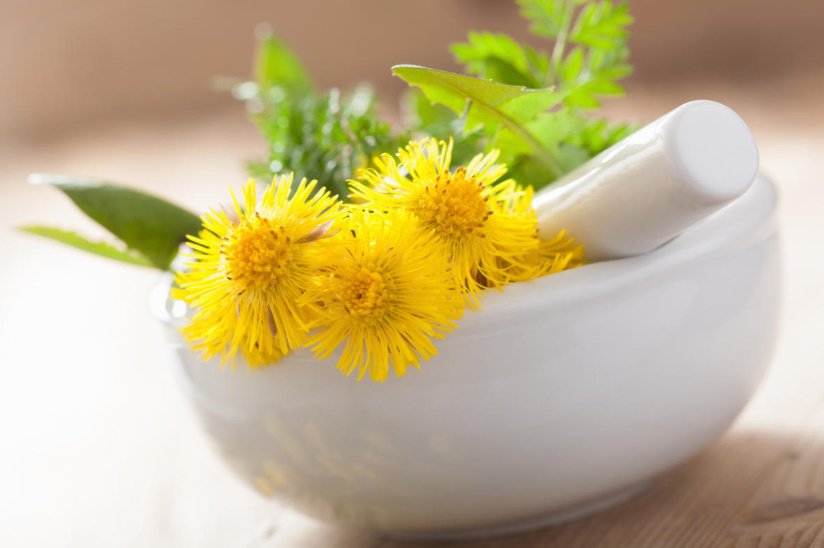
The collected raw materials are dried and stored in paper bags or cloth bags in a dry place. It is used as an expectorant. The herb of this plant also helps with loss of strength and gastritis.
In ancient times, the flowering of tussilago farfara determined the timing of garden work.
This plant can be planted in the garden, only the soil needs to be prepared a little sandy, crumbly. Tussilago farfara should be planted in a light penumbra, and then the plant will provide you with a very useful medicinal raw material.
